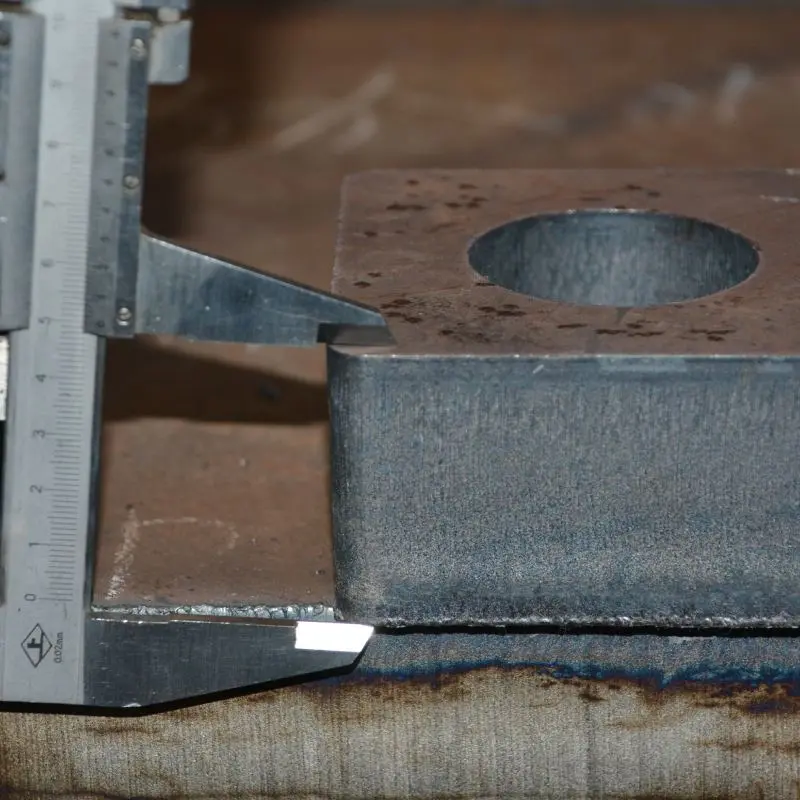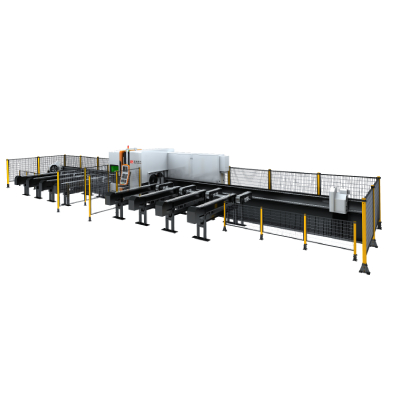****
In the realm of modern manufacturing, the emergence of advanced technologies has transformed traditional methods of fabrication. Among these innovations, laser cutting machines have gained significant popularity, particularly for working with steel. The precision, efficiency, and versatility of laser machinery make it an indispensable tool for industries ranging from automotive to aerospace. This article delves into the benefits, applications, and considerations of utilizing a laser cutting machine for steel, outlining why it is the preferred choice for many fabricators.
What is a Laser Cutting Machine?
A laser cutting machine is an advanced fabrication tool that uses a high-powered laser to cut through various materials, including metals like steel. The laser beam is directed through a series of mirrors and lenses, focusing it into a fine point that can melt, burn, or vaporize the material in its path. This method allows for incredibly precise cuts with minimal waste, making it ideal for complex shapes and intricate designs.

The Ultimate Guide to Laser Cutting Machines for Steel: Revolutionizing Fabrication and Manufacturing Processes
Advantages of Laser Cutting Machines for Steel
1. **Precision and Accuracy**: One of the most significant benefits of laser cutting machines is their ability to produce highly accurate cuts. The focused laser beam can create intricate designs with tolerances as tight as ±0.001 inches. This level of precision is essential in industries where exact specifications are critical.
2. **Speed and Efficiency**: Laser cutting machines can operate at remarkably high speeds, significantly reducing production time. The process generates less heat compared to traditional cutting methods, reducing the risk of material warping and thereby increasing the throughput of a manufacturing facility.
3. **Material Versatility**: While laser cutting is particularly effective for steel, it can also be used on a variety of materials such as aluminum, wood, plastics, and composites. This versatility makes laser cutting machines a valuable investment for businesses that handle multiple materials.
4. **Minimal Waste**: The precision cutting reduces waste caused by excess material removal. The kerf, or the width of the cut created by the laser, is significantly smaller than that of traditional saw blades, allowing for more efficient use of raw materials.
5. **Reduced Setup Time**: With the ability to modify designs easily through computer software, changes to cutting patterns can be implemented quickly without the need for physical modifications to the machine or tooling. This flexibility is particularly advantageous in a fast-paced manufacturing environment.
6. **Automation Capabilities**: Many laser cutting systems come equipped with automation features such as robotic arms and loading/unloading systems. This allows for continuous operation and the ability to cut large volumes without requiring constant human intervention.
Applications of Laser Cutting Machines for Steel

The Ultimate Guide to Laser Cutting Machines for Steel: Revolutionizing Fabrication and Manufacturing Processes
The application of laser cutting machines for steel spans numerous industries. Here are some of the notable sectors benefiting from this technology:
– **Automotive Manufacturing**: Laser cutting is commonly used to create components like chassis and brackets, allowing for lightweight designs that enhance fuel efficiency.
– **Aerospace Industry**: Precision is paramount in the aerospace sector, where laser cutting is employed to manufacture parts that contribute to the structural integrity and performance of aircraft.

The Ultimate Guide to Laser Cutting Machines for Steel: Revolutionizing Fabrication and Manufacturing Processes
– **Furniture Production**: Designers utilize laser cutting to create unique and intricate designs in metal furniture, enhancing aesthetic appeal while maintaining durability.
– **Signage Production**: Businesses in the advertising sector rely on laser cutting machines to produce customized metal signs and logos, providing high-quality products that stand out.
Considerations When Choosing a Laser Cutting Machine
When selecting a laser cutting machine for steel, several factors should be considered to ensure optimal performance and return on investment:
1. **Power Requirements**: The power of the laser, typically measured in watts, affects cutting speed and material thickness capabilities. Assessing the specific needs of your projects will help determine the appropriate power level.
2. **Type of Laser**: There are three primary types of lasers used in cutting: CO2 lasers, fiber lasers, and YAG lasers. Each has distinctive advantages based on the material to be cut and the desired outcome.
3. **Cutting Thickness**: Depending on the thickness of the steel you plan to work with, different machines have varying capabilities. It’s essential to choose a machine that can effectively handle the materials you use.
4. **Control System**: A user-friendly control interface and compatibility with design software greatly enhance operational efficiency and ease of use.
5. **Maintenance Requirements**: Regular maintenance ensures longevity and optimal performance of the machine. Investigate the support and service options provided by the manufacturer.
Conclusion
In conclusion, the laser cutting machine for steel is more than just a tool—it’s a game-changer for various industries seeking efficiency, precision, and versatility in their fabrication processes. With the ability to produce intricate designs quickly and with minimal waste, these machines are an investment that can elevate any manufacturing operation, providing a competitive edge in today’s fast-paced market. As technology continues to evolve, the capabilities and applications of laser cutting are bound to expand, further solidifying its place as an essential element in modern manufacturing. Laser Cutting Machine For Kitchen Cabinet

